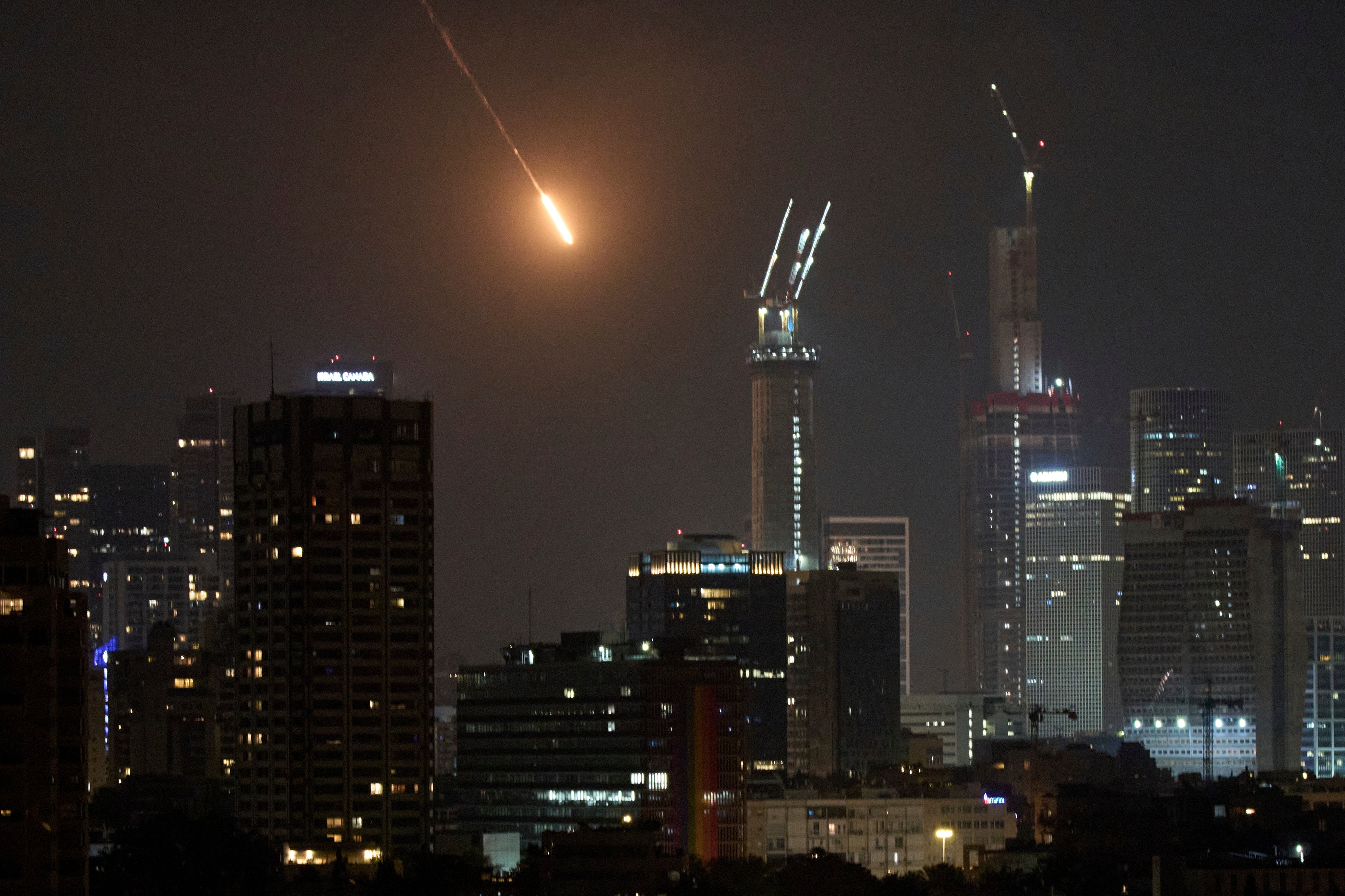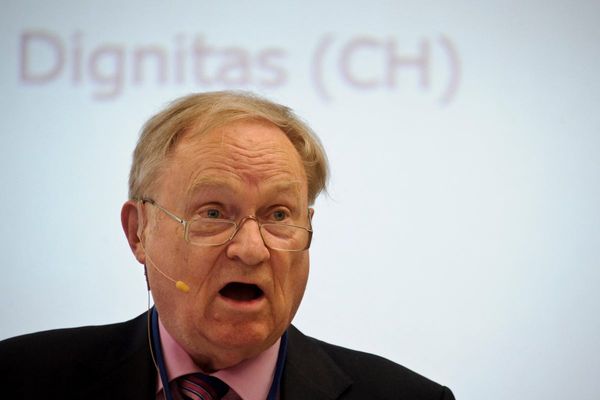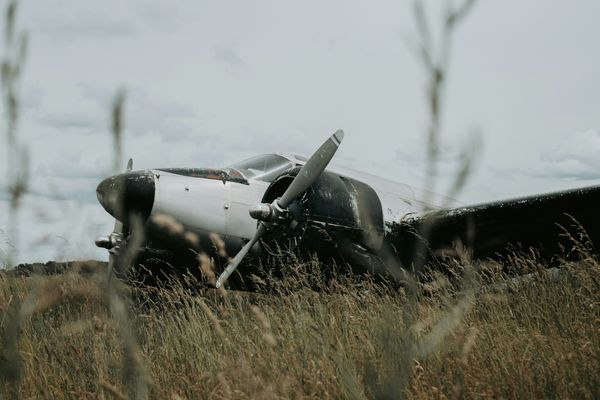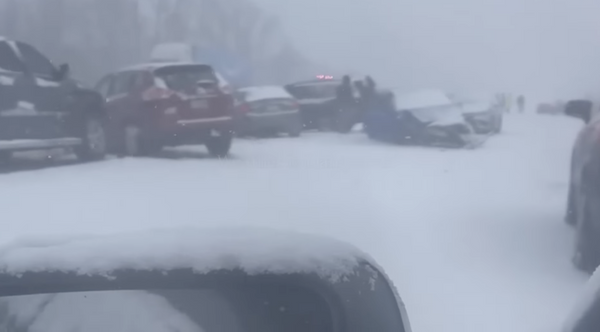Iran and Israel are a week into their worst-ever conflict, with hundreds dead and fears growing of a wider regional war in the Middle East.
In the latest round of missile attacks, dozens of Israelis were wounded as Iranian missiles struck the main hospital in the south of Israel, causing “extensive damage”. A high-rise apartment building in Tel Aviv and other sites in central Israel were also hit.
Israel, meanwhile, carried out strikes on Iran's Arak heavy water reactor, its latest attack on Tehran’s sprawling nuclear program. Iranian state television said there was “no radiation danger whatsoever” and that the facility had been evacuated before the attack.
The seventh day of conflict came a day after Iran's supreme leader, Ali Khamenei, rejected US calls for surrender and warned that any military involvement by the Americans would cause “irreparable harm”.
Trump responded by flirting with the idea of joining Israel in its attacks on Iran. “I may do it, I may not,” he said from the White House lawn.

The conflict began last Friday after Israel launched missiles at Iran, saying it was targeting its nuclear and military infrastructure in a “pre-emptive” move to stop the country developing a weapon.
Iran launched retaliatory strikes, which saw air sirens wail across the Tel Aviv region on Friday night as smoke rose above the city. They have continued every day since.
Iran has fired around 400 missiles at Israel, some 40 of which have pierced air defences, killing 24 people, all of them civilians, according to Israeli authorities.
Iran has reported at least 224 deaths in Israeli attacks, mostly civilians, but has not updated that toll for days. US-based Iranian activist news agency HRANA said 639 people had been killed in the Israeli attacks and 1,329 injured as of 18 June.
Where has Israel hit Iran?
Operation Rising Lion – the official name for the IDF’s offensive in Iran – has mainly targeted nuclear sites, including destroying the above-ground section of the country’s main Natanz nuclear base.
The Institute for the Study of War, a US-based think tank tracking the war in the Middle East, has recorded 235 air strikes and explosions across Tehran in the past week, 116 of which have been confirmed.
More than a dozen military leaders and nuclear scientists have also been killed by Israeli strikes.
A military official on Saturday said Israel had caused significant damage to Iran’s main nuclear facilities at Natanz and Isfahan, but had not so far damaged another uranium enrichment site, Fordow.
The United Nation’s nuclear watchdog recently said they were “seriously concerned” about Iran’s enrichment of uranium, much of which is taking place at Fordow, deep underground.
Israel has also claimed air superiority over Iran, meaning it has been able to cross into Iranian airspace and launch missiles at targets across the country.
Below, you can see an updated list of everywhere there has been reported strikes in Iran.
Where has Iran unleashed strikes on Israel?
Iran’s religious ruler, Ali Khamenei, issued a televised address from an unknown location on Wednesday declaring that Tehran would not be forced into surrendering to Israel.
Tehran followed that up with massive strikes on central and southern Israel on Thursday, injuring at least 40 people after missile struck a medical facility.
Horrifying footage throughout the week has shown Iranian missiles slamming into residential areas in Israel. Explosions have also been heard over Tel Aviv and Jerusalem.

Several residential buildings in a densely populated neighbourhood of Tel Aviv were destroyed in a strike that blew out the windows of hotels and other nearby homes just a few hundred meters from the US Embassy branch in the city. Civilians in Arab-majority towns have also been killed.
Yemen's Iran-aligned Houthis said on Sunday they had also targeted central Israel’s Jaffa with several ballistic missiles in the past 24 hours, the first time an ally of Iran has joined the fray.
On Friday, missiles hit the central Israeli city of Rishon LeZion , south of Tel-Aviv, killing two people and injuring dozens more.
The map below shows some of the locations where the strikes took place.
Who has been killed?
Hossein Salami, the leader of Iran’s Revolutionary Guard, was among the senior Iranian figures reportedly killed in Israel’s initial overnight strikes, along with the heads of the branch’s airspace and intelligence units.
Mohammad Bagheri, the chief of staff of Iran’s armed forces and Ayatollah Ali Khamenei’s second in command, was also killed, along with the armed forces’ deputy commander Gholamali Rashid, and air defence commander Davood Sheikhian.
An Israeli official said it had “eliminated the highest commanders of their military leadership” and had killed nuclear scientists who “were main sources of knowledge, main forces driving forward the [nuclear] programme”.
But civilians in Iran have also borne the brunt of the attacks. On Saturday, Iran’s state TV reported that around 60 people, including 20 children, had been killed in an Israeli attack on a housing complex in Tehran.
What could happen next?
Both Israel and Iran have vowed to continue their respective attacks on each other.
Iran has also warned the US not to get involved as Trump has publicly flirted with the idea.
The US has a military presence across the major oil-producing region, with bases in Iraq, Kuwait, Qatar, Bahrain and the United Arab Emirates.
Iraq, a rare regional partner of both the US and Iran, hosts 2,500 US troops, although Tehran-backed armed factions are linked to its security forces.
Pro-Palestinian activists break into RAF base and vandalise planes
The American weapon which could spell the end of Iran’s nuclear sites
Israel strikes Iran’s Natanz nuclear site in series of overnight attacks
United, American, Delta suspending flights to Middle East amid Israel-Iran conflict
Ukrainian refugee’s life shattered again by Iran-Israel conflict
Israel-Iran latest: UK to talk with Tehran as Trump sets deadline on strike decision







